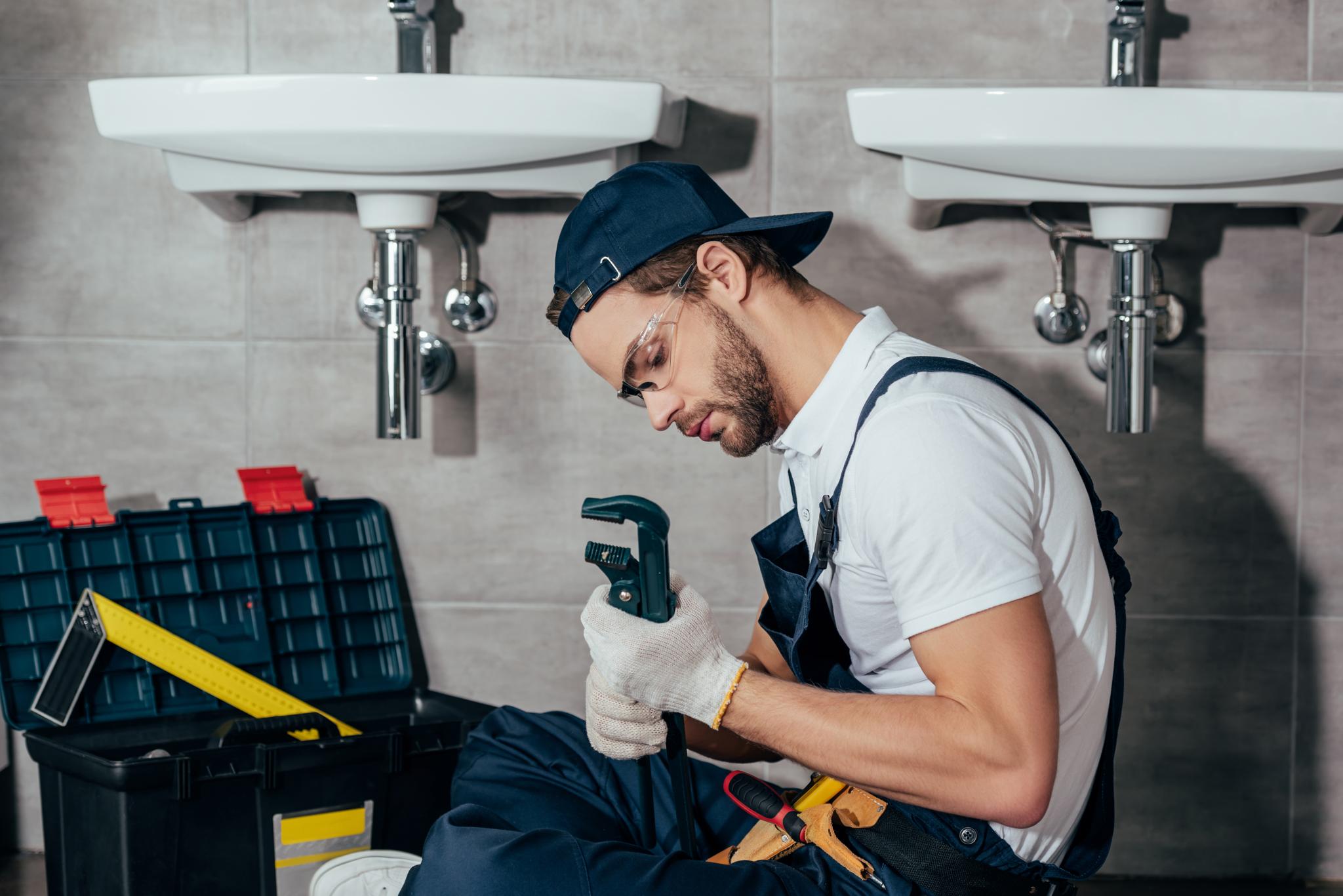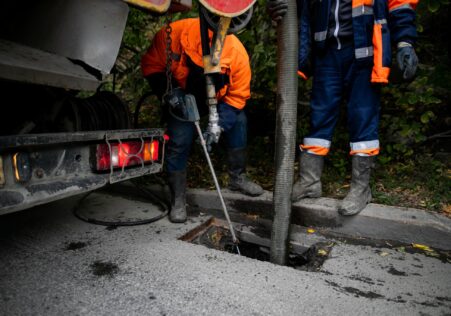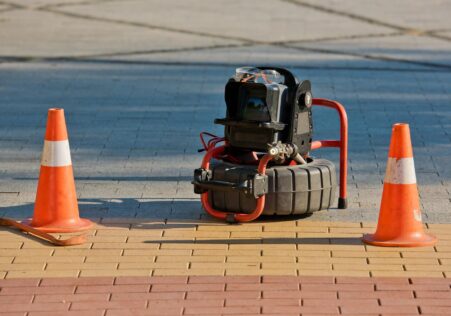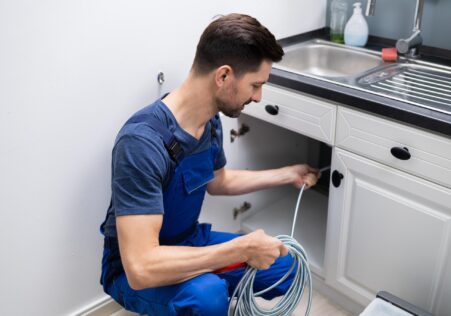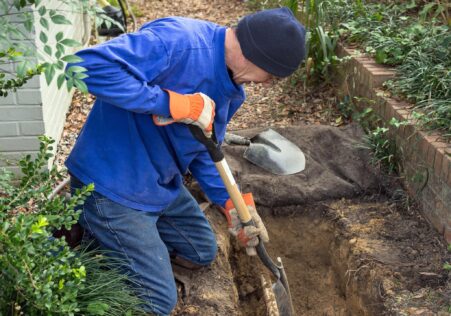Understanding the Differences Between Pipe Relining and Pipe Replacement
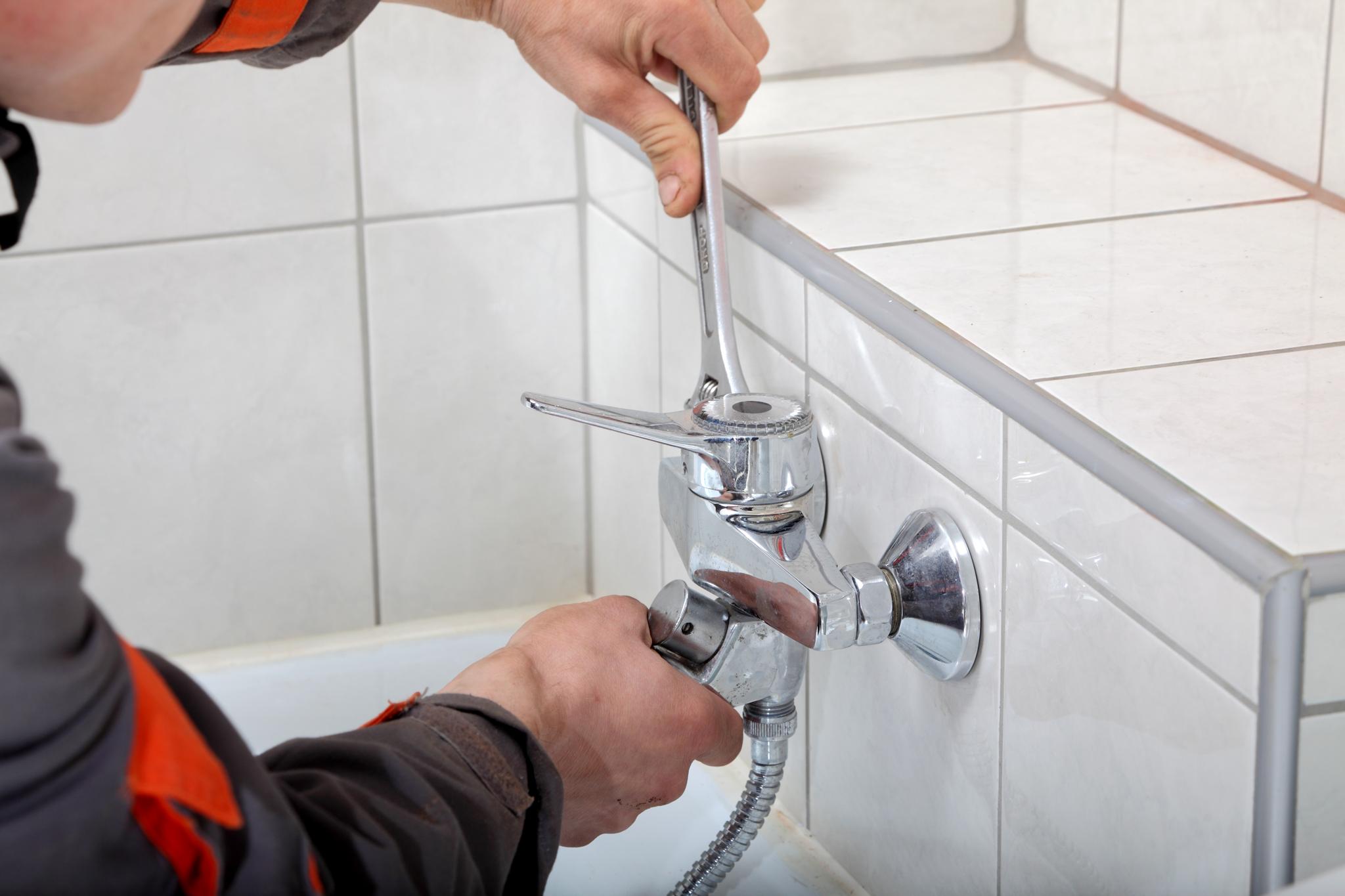
When it comes to fixing damaged pipes solutions are pipe relining and replacement of pipes. Both approaches aim to bring back the original function of your pipes, however there are distinct differences you should be aware of.
Key Takeaways
- Pipe relining is an economical and quick method of repairing damaged pipelines.
- The lining CIPP is employed in pipe relining.
- Epoxy resin is used to line the inner areas of the pipe. This cures to creates a new inner lining inside the pipe.
- Relining pipelines is time-efficient, economical, and can last up to 50 years.
- The traditional method of replacing pipes is digging up sections of land in which pipes are situated.
- The replacement of pipes is often necessary to repair pipes that are severely damaged.
- A new pipeline installed through the replacement of a pipe has a long life span (75 -100 years).
- Replacement of pipes is expensive and laborious.
- The decision between pipe relining and pipe replacement depends on the level of damage.
In this article, we’ll talk about pipe relining vs. pipe replacement and find out which one will suit your needs more.
What is Pipe Relining?
Pipe relining or Cured-In-Place Pipe (CIPP) Lining is a state-of-the-art repair process which offers a low-cost and rapid solution for the repair of damaged pipelines.
Here’s how it is done:
- Technicians clean the pipeline using high-pressure water jetting or mechanical cleaning.
- Then, they apply epoxy resin made of polyester or fiberglass liner inside the pipeline.
- The liner cures and forms a new lining inside the old pipeline, which is just as durable as a new one.
Advantages Pipe Relining
- Time-efficient: It generally takes just 2 to 3 hours to complete the entire procedure, compared to excavating for days in traditional pipe replacement techniques.
- Cost-effective - Because there is no excavation or removal needed in the pipe relining process this method can save nearly 50% of the cost you’d have to pay for repairs that are traditional.
- Durability – The new liner formed by pipe relining can last up to 50 years!
Con’s of Pipe Relining
- Not recommended for extremely damaged pipes - If you have significant damage such as cracks, collapses, or joints that are misaligned within your sewer line then pipe relining may not be possible.
What exactly is Pipe Replacement?
Pipe replacement involves digging up portions of the yard/sidewalk/driveway where underground pipes are located. The areas may contain collapsed pipes or extremely corroded ones either from age or neglect.
The following steps make up the majority of traditional replacements for pipes:
- A team of excavation workers digs access to the deteriorated underground pipe.
- The old pipeline is detached and dug up, generating a lot of debris that needs to be disposed of.
- Then, they construct another pipeline in place of the one they had previously installed.
Benefits of Pipe Replacement
- Perfect for severely damaged pipes If you have to replace pipes that are experiencing significant corrosion or damage, pipe replacement is the ideal solution.
- Long-lasting – The latest pipeline installed through pipe replacement has a long lifespan (75 or 100 years) which makes it a great option for homeowners looking for a permanent solution.
Pros and Cons of Pipe Replacement
- It is expensive – Excavating work required for pipe replacement could be time-consuming and expensive.
- Time-consuming – Traditional pipe replacements could take several weeks, based on the extent of work and depth of excavations required.
Which one is best for you?
The decision of either relining or repairing your pipes is mostly based on the extent of damage caused. If your pipes have minor issues like cracks, or minor leaks, then it is likely that relining is the best option, as it is less costly and is also faster than traditional replacements.
But if there are severe damage, such as collapses or broken pipes the best option is conventional pipe replacement, though it might cost more and takes longer.
| Pipe Relining | Pipe Replacement | |
|---|---|---|
| Procedure | CIPP lining using epoxy resin | Excavating and replacing the old pipeline |
| Pros | Time-efficient- 2 to 3 hours to complete | Suitable for severely damaged pipes |
| Cost-effective – Almost half of traditional costs. | New pipeline lasts for 75 to 100 years | |
| Durable – Lasts up to 50 years | ||
| Cons | Not suitable for severely damaged pipes | Costly |
| Time-consuming | ||
| When to choose | Minor damages like cracks or minor leaks | Severe damages like collapses or breaks |
Frequently Asked Questions
What is pipe relining?
Relining a pipe is a procedure that involves creating a new pipe in the damaged pipe. This is done by inserting a liner that is flexible into the old pipe and making it a permanent fixture. Once it is cured, the new pipe is free of joints or seams, which increases its structural strength.
What does traditional pipe replacement differ from pipe relining?
Traditional replacement of pipes involves digging and physically cutting away the old pipe before replacing them with new ones. The alternative, pipe relining doesn’t require excavation. Instead it’s carried out by using technology that permits pipeline repair without digging up huge areas of land.
Which is more cost-effective - pipe relining or traditional replacement?
Relining pipes typically cost less than traditional methods of repair of pipelines because there are no costs associated to excavation and other techniques needed for removing and replacing old pipes.
Can all kinds of pipes be reflined?
Not all types of pipes can be successfully relined. In the end, your plumber must examine your situation to determine if it’s possible to line the particular kind of pipes. But, the majority of new pipes may be repaired using this procedure.
How long does the process of relining pipes last?
The exact time required for the process is dependent on various variables like location, environment and the kind of damage. However the typical Pipe Relining job usually takes 2-3 days, depending on how many metres need to be lined..
If you are looking to stay clear of invasive excavation work and save money as you restore your pipelines’ function to its maximum take a look at our Local Blocked Drains Sydney ‘s fast and effective pipe relining services. Contact us!
Additional Information
- Why Pipe Relining is a Cost-Effective Solution for your Business’ Plumbing Issues?
- How CCTV Drain Inspection Saves You Time and Money in the Long Run
- Ecological Benefits of Pipe Relining for Sustainable Life
- Save Cash on Sewer Repairs with Productive Pipe Relining
- Pipe Relining: An Ultimate Solution for Residential and Commercial Properties
- The Ultimate Guide to Pipe Relining: How to Select the Perfect Material
- Say Goodbye to Messy Plumbing Repairs with Trenchless Pipe Relining
- Save Money with These Simple Drain Maintenance Techniques
- Plumbing Relining: Everything to Expect and What it Functions
- A Guide to Identifying Signs of Pipe Problems: How to Evaluate Relining


